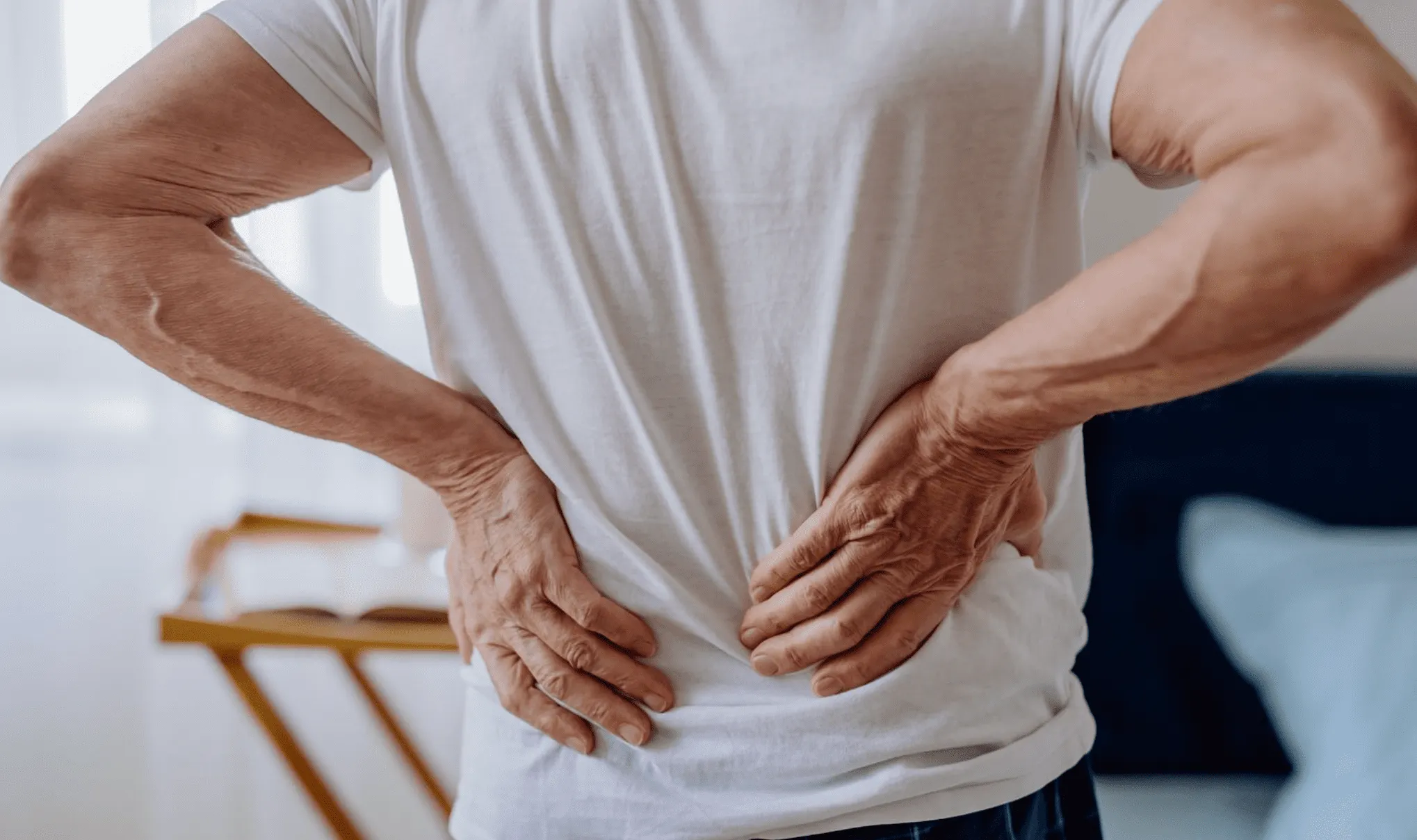If you’ve ever felt sharp, radiating back pain, numbness down your leg, or stiffness that won’t quit—your mind may jump to one concern: Do I have a herniated disc? At Revolution Rehab in Grand Rapids, MI, this is one of the most common conditions we treat. The challenge? Herniated discs show up in many different ways, and no two people feel them exactly the same. In this article, we’ll break down what a herniated disc feels like, what causes it, and most importantly—how you can get lasting relief.
Understanding the Spine and What a Herniated Disc Is
To understand what a herniated disc feels like, we need to cover a bit of spinal anatomy.
Your spine is made up of vertebrae (bones) separated by intervertebral discs—soft, jelly-like cushions that absorb shock and allow movement. Each disc has a tough outer layer (annulus fibrosus) and a gel-like center (nucleus pulposus).
A herniated disc occurs when the outer layer tears or weakens and the inner material pushes out, irritating nearby nerves.
This can happen in your:
-
Cervical spine (neck)
-
Thoracic spine (mid-back)
-
Lumbar spine (low back)
Most herniations occur in the lower back, especially between L4-L5 or L5-S1 levels.
What Does a Herniated Disc Feel Like?
Herniated discs can create a variety of symptoms depending on their location, severity, and which nerve is affected. Let’s break down what you might feel.
1. Sharp or Radiating Pain
-
In the low back, the pain may travel through your buttock, into your thigh, calf, and foot—often called sciatica
-
In the neck, pain may shoot into your shoulder, arm, and hand
-
This pain often feels sharp, electric, or stabbing—worse with movement, coughing, or sneezing
2. Numbness or Tingling
Many people feel pins and needles or “falling asleep” sensations along the affected nerve pathway. For example:
-
Down the back of the leg or outer part of the foot (lumbar disc)
-
Into the hand or fingers (cervical disc)
3. Muscle Weakness
A compressed nerve may affect how your muscles fire. This can show up as:
-
Difficulty lifting the foot or toes (foot drop)
-
Weak grip strength
-
Trouble climbing stairs or standing up from a chair
4. Stiffness and Restricted Movement
You may feel like your back or neck is “locked up,” especially after waking up or sitting for long periods. Bending forward or turning your head may become difficult.
5. Pain That Worsens with Certain Activities
-
Sitting for long periods
-
Lifting, twisting, or bending
-
Standing from a seated position
-
Coughing or sneezing
These movements increase pressure in the spine, aggravating the herniation and nerve irritation.
Common Causes of a Herniated Disc
While injuries can trigger a disc herniation, many develop gradually due to wear and tear.
Some leading causes include:
-
Poor lifting mechanics
-
Repetitive bending or twisting
-
Sitting with poor posture over time
-
Sudden trauma, such as falls or accidents
-
Degenerative disc disease, where discs lose hydration and flexibility with age
-
Weak core muscles that fail to support spinal stability
Age, genetics, and lifestyle habits all play a role. People between ages 30 and 50 are most at risk.
How We Diagnose a Herniated Disc at Revolution Rehab
You don’t always need an MRI to know you have a disc issue. At Revolution Rehab, we begin with:
-
Detailed symptom history: when it started, what worsens it, where it travels
-
Functional movement tests to evaluate strength, nerve involvement, and postural stress
-
Orthopedic and neurological exams to assess reflexes, sensation, and mobility
-
Spinal mobility and palpation to check alignment, stiffness, and muscle guarding
If we suspect something more serious—such as spinal cord compression or cauda equina syndrome—we’ll refer for imaging or a neurosurgical consult immediately.
Red Flags to Watch For
While most herniated discs are treatable without surgery, certain symptoms require urgent attention. These include:
-
Loss of bladder or bowel control
-
Saddle numbness (numbness around the inner thighs or groin)
-
Severe, unrelenting pain at rest
-
Rapid muscle weakness
If you notice these signs, seek emergency care right away.
Herniated Disc Treatment Options
Not every disc injury needs surgery. In fact, most patients recover without it, especially with conservative, movement-based rehab.
Here’s how we treat herniated discs at Revolution Rehab:
Physical Therapy
The goal is to reduce pressure on the disc and surrounding nerves while restoring normal function. Treatment includes:
-
Manual therapy to mobilize stiff joints and decompress nerves
-
Postural correction to improve spinal alignment
-
Core stabilization exercises to reduce strain on the lumbar spine
-
McKenzie Method (directional preference movements) to centralize disc pain
-
Neural mobilization to reduce nerve sensitivity
Each treatment plan is customized to your body, pain level, and goals.
Dry Needling
If muscle spasm is contributing to pain or guarding, dry needling can be a game-changer. It helps:
-
Reduce hypertonic muscle activity
-
Improve blood flow
-
Ease trigger point-related pain
-
Normalize movement around the herniated disc
Learn more about dry needling here
Activity Modification & Education
We’ll teach you:
-
How to sit, sleep, and stand to reduce spinal stress
-
When to rest—and when to move
-
Which movements help your disc recover
-
How to avoid future flare-ups or re-injury
Collaborative Care
If your pain isn’t improving within 4 to 6 weeks, we may refer you for:
-
Imaging (MRI) to confirm disc location and severity
-
Pain management (such as oral medications or epidural steroid injections)
-
Surgical consult, if symptoms worsen despite conservative care
That said, surgery is rarely the first line of defense—and we work to help you avoid it when possible.
Prevention: How to Protect Your Spine Long-Term
After you recover, we help you stay pain-free with these strategies:
-
Build core endurance with targeted stability work
-
Avoid long periods of sitting or slouching
-
Use proper lifting mechanics
-
Balance strength across hips, glutes, and deep core
-
Keep spinal joints mobile with regular stretching and movement
Revolution Rehab offers maintenance plans and wellness visits to help you stay strong and proactive about spinal health.
Call to Action: Find Out What That Pain Really Means
If you’ve been wondering what a herniated disc feels like—or if your symptoms match what we’ve described—it’s time to get clear answers and real relief. At Revolution Rehab in Grand Rapids, MI, we don’t rely on guesswork or generic protocols. We get to the root of your pain, restore your movement, and help you avoid unnecessary interventions.
Don’t wait until the pain gets worse.
Book your personalized spine assessment today and take the first step toward a healthier, stronger back.


